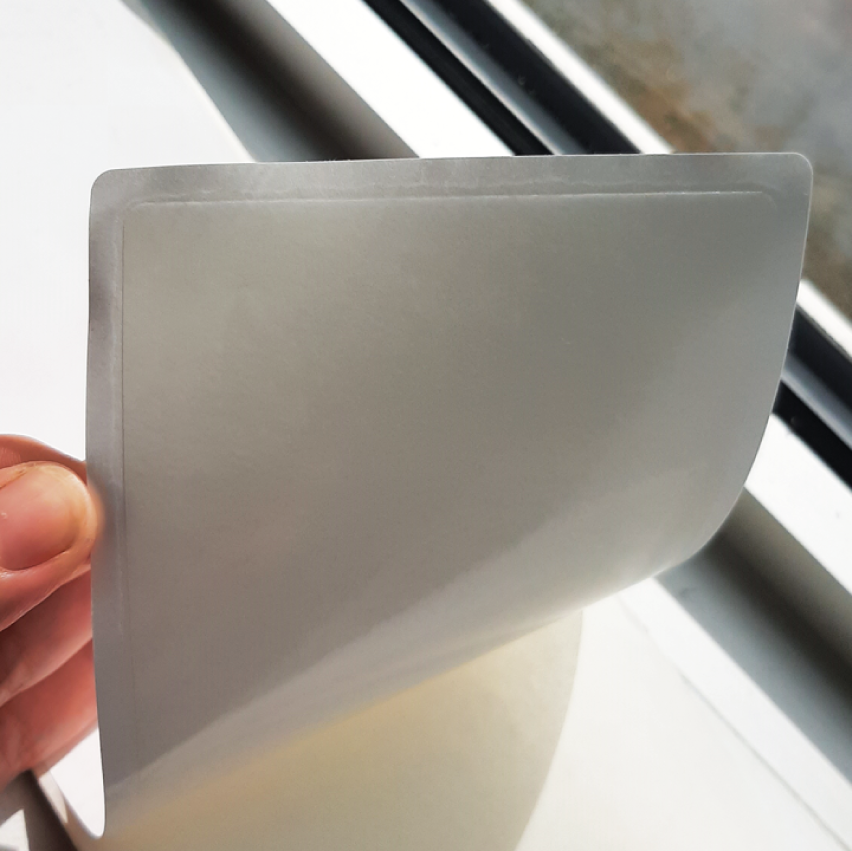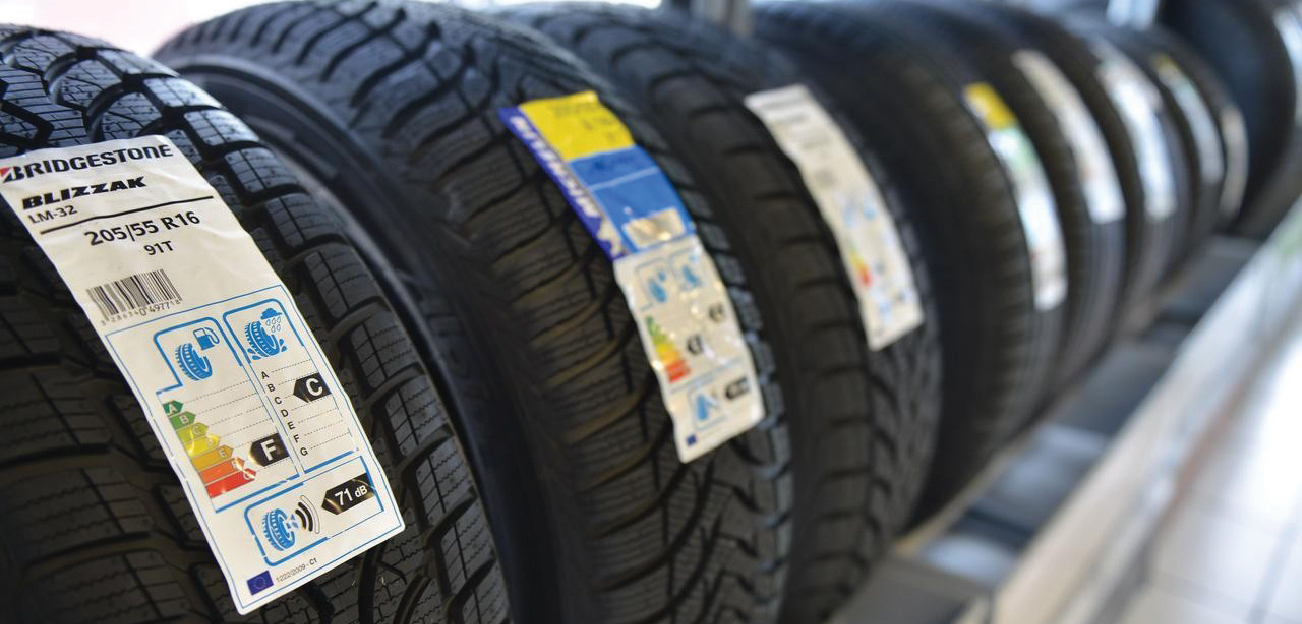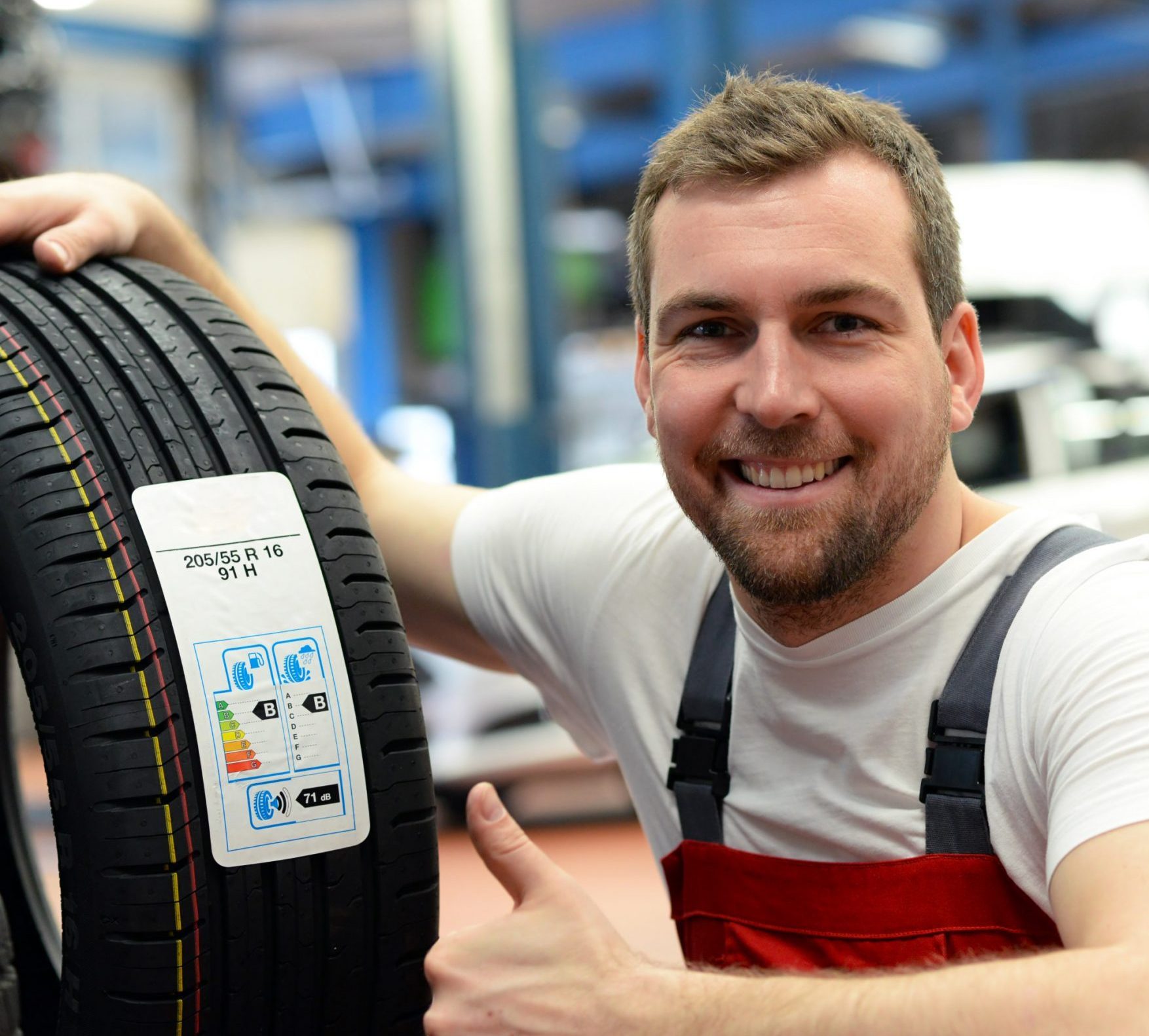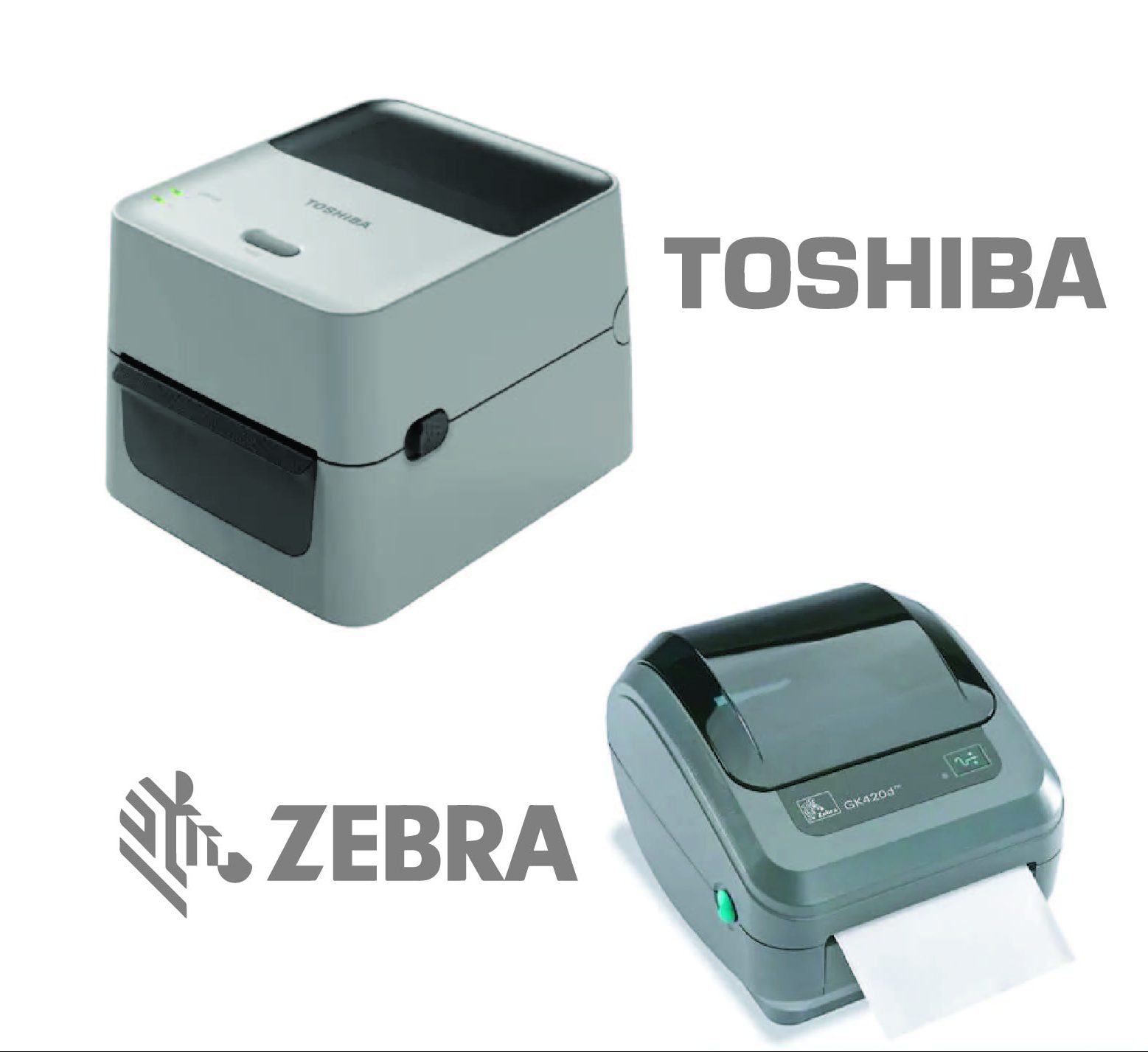Tire Labels: No More Glue Overflow!
Do you have issues with your tire labels? Either they don’t adhere properly, or they have too much glue?
Multi-Action has the solution for you.
The Issue with Tire Labels
First, the issue with tire labels is their adherence to rubber. For a label to stick on a tire, a lot of glue is required. The result? Glue overflow. The top of the label becomes sticky, the label gets stuck in the roller, and you have to clean the applicator often.
The first solution? Create a glue-free zone all around the label. This way, overflow is avoided, but it isn’t ideal since the label can get stuck and break.
Then what is the ideal solution?
The Multi-Action Solution
Thanks to its gluing technology, Multi-Action has developed a new solution, which solves all of these headaches.
First, a thick layer of aggressive glue is applied selectively on the back of the label. Then, resistant anti-overflow glue is applied around the label.
This technique results in optimal adherence of the label on the tire while avoiding glue spills.
The Importance of Tire Labels
The tire label contains essential information for consumers. It provides details on energy efficiency, tire grip on wet pavement, and external noise.
Energy Efficiency. Energy efficiency is rated from A in green (the best) to G in red (the worst). The efficiency is based on the resistance of the rolling tire. The lower the resistance is, the
better the fuel consumption. The difference in fuel consumption between each grade is roughly 3% to 4%.
Tire Grip on Wet Pavement. Tire grip is based on braking performance on wet pavement.
Many factors can influence braking performance, primarily tire grip and tire pressure.
This rating is important since the braking distance between a tire of a rating A versus a tire of a rating G can be as long as two car lengths.
External Noise. External noise is measured in decibels.
One line signifies that the tire is 3 dB below the European noise limit. Two lines mean that the noise of the tire meets the European limit. Three lines indicate that the tire exceeds the European noise limit.
Usually, a difference of 3 dB doubles the noise made by the tire. This rating makes people aware of noise pollution. The lower the decibels are, the more quiet and pleasant the drive is for people outside and inside the car.
Consumers need to be able to read and understand these labels. The information on tire labels allows them to compare the quality and performance of tires and to make an informed decision.
The Importance of Choosing Your Tire Labels Properly
As a tire supplier, the labels you apply must be professional, sturdy, and durable.
At Multi-Action, we have the expertise and technology to produce tire labels that will endure storage, handling, and transport. Contact us to discuss your needs and we’ll be happy to help!






